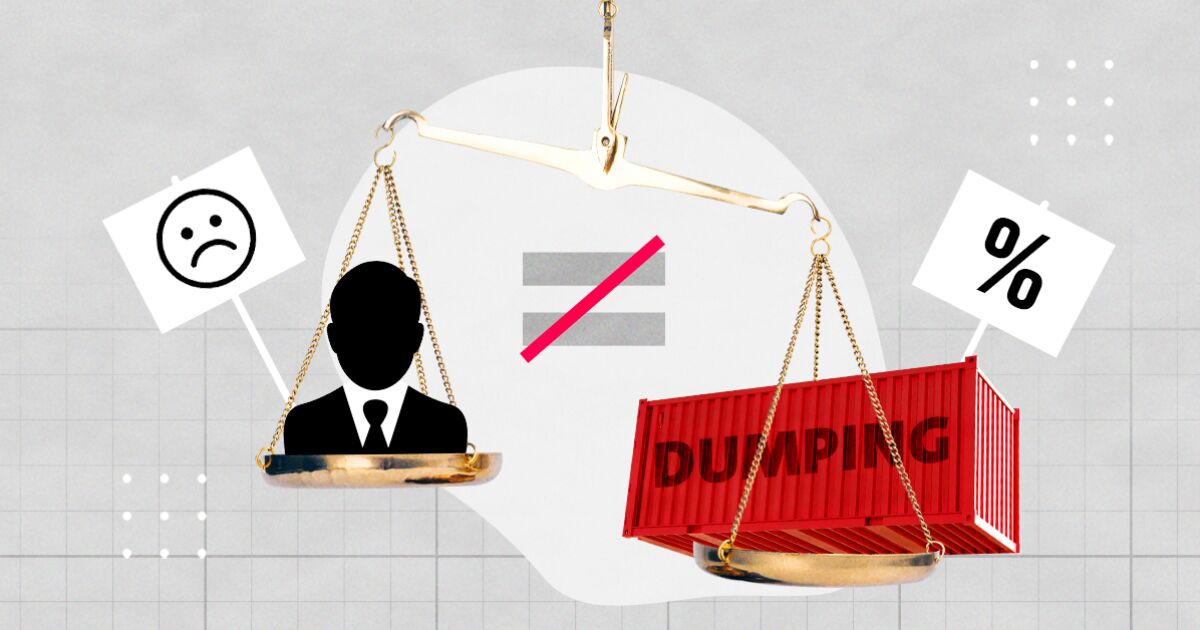.jpg)
Bills of lading and their application to market intelligence for exporters
Bill of Lading is one of the most important and used documents in international trade. It usually appears in its short form as "BL", "B/L" or "BOL" and is typical of maritime freight transport. It is defined as the legal document that serves as a transport contract between the exporter, the importer and the shipping company. It is issued by the transport company and it notifies the receipt of the merchandise to be transported to the port of destination and that the agreed conditions will be met.
Essentially, this document handles 3 functions:
1. It works as the transport contract: the document represents proof of the contract between the seller and the freight forwarding agent. This guarantees and ensures that the shipment will be made according to the conditions agreed between seller and buyer.
2. It works as a receipt of the goods: the shipping company sends the bill of lading to the exporter, notifying the reception of the goods at the port of loading and the safety of said reception.
3. Represents the property title of the products: the B/L also acts as a transfer of ownership of the merchandise as soon as it is delivered at the port of destination. It confers authority to the importer to claim said shipment.
What information must appear on a Bill of Lading?
- Sender (shipper) and recipient (consignee).
- Notify: representative of the recipient who is notified about the arrival of the merchandise.
- Destination agent: at the port of destination, this agent represents the carrier and the delivery instructions are communicated to him.
- Loading and discharge ports.
- Vessel that carries out the transport.
- B/L number.
- Number of documents (Normally 3 original B/Ls are issued).
- Amount and place where the freight is paid.
- Description of the merchandise (here appears the description of the merchandise, number of packages and typology, gross weight, volume and annotations on the packages. Also the type of container and its registration).
.jpg)
Digital transformation has made it possible to turn what had traditionally been a physical document that had to be sent to all parties (which involved shipping costs and required time) into a document in digital format. The so-called e-Bill of Lading is nothing more than the same document in digital format, which allows it to be stored with much more security and sent electronically, which, consequently, is received instantly.
Applications of Bill of Lading to Market Intelligence tools
On the other hand, it is important to mention the role played by market intelligence. This technology makes it possible to collect and analyze the data that an organization obtains about its environment. With the Bill of Lading, this technology is very useful since this document provides valuable and valid information for a decision-making or sales and prospecting process.
It is precisely the function that our platform performs: xNova International. Our market intelligence software gathers information about the transactions collected by customs (goods that are transported by sea). Subsequently, a cleaning process filters the data and, finally, these are visualized through graphs and tables.
In this way, we can have highly relevant information such as the names of the importing companies of a certain product, the most frequent HS codes, volumes that are usually transported, the current exporters (that is, it allows to analyze possible competitors) and much more. In short, a B/L combined with market intelligence technology allows us to more accurately analyze a given market and make sales and prospecting processes more informed and, therefore, optimize the internationalization process.









